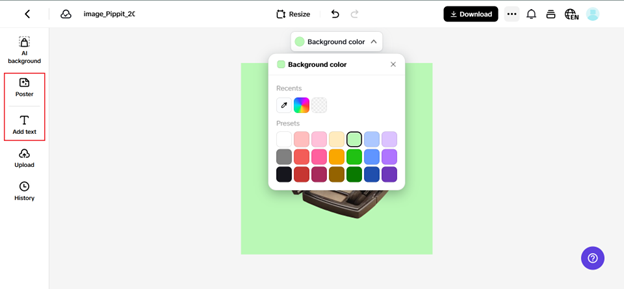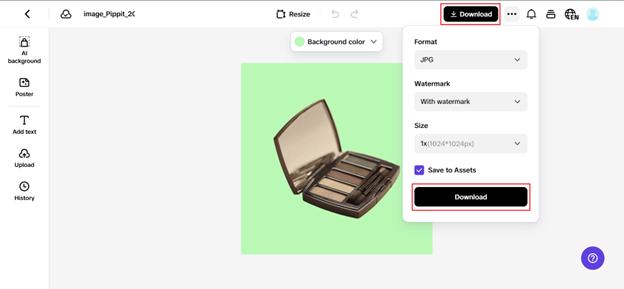The Danger of Cognitive Offloading from AI Use by Children
In the space of a single school generation, generative AI assistants have leapt from laboratory curiosities to everyday parts of many children’s lives. A teenager can now ask for an algebra proof, a Shakespearean sonnet, or a colour-coded study plan and receive a response in moments.
The sensation feels magical, yet it rests on cognitive offloading: the instinct to shift memory, reasoning, or creativity onto an external aid so the brain can relax. Offloading is hardly new: people have long scribbled shopping lists, saved phone numbers in their contacts, and trusted calculators to check sums.
What alarms many educators today is that modern AI doesn’t merely store information: it manufactures answers. And the more effortlessly it does so, the easier it becomes for growing minds to surrender the mental muscles that make learning meaningful.
When AI Becomes a Cognitive Crutch
A ‘cognitive prosthesis’ that thinks for us
Writing captures thought and search engines retrieve facts, but neither turns a raw prompt into a polished argument. Generative AI does exactly that, interpreting a question, selecting data, and drafting a coherent response. Because it carries out part of the thinking process, researchers describe it as a cognitive prosthesis.
A 2025 longitudinal study followed university students for two semesters and found that heavy users of AI scored markedly lower on critical-thinking assessments, with cognitive offloading being a major cause.
The lure of instant solutions
Fast, fluent answers feel rewarding, and children quickly learn that chatbots never shrug or say ‘come back later.’ But this over-reliance on quick solutions not only impacts a person’s ability to actually learn about the topic of their essays, but it can also have further impacts on their capabilities. Experiments by MIT have shown that people who regularly drafted essays with ChatGPT ‘consistently underperformed at neural, linguistic, and behavioral levels’.
Frictionless design leads to misplaced trust
AI Developers compete on immediacy with autocomplete prompts, one-click copy buttons, and friendly avatars that minimize friction. That seamlessness invites passive acceptance, which has been claimed to erode ‘the mental stamina required for complex reasoning,’ particularly in brains still laying down executive-function pathways (i.e. children).
A historic habit that’s now super-charged
Humans have always offloaded mental labor: the abacus shifted arithmetic onto beads, printing pressed knowledge onto paper, and Google indexed the web. What’s new is the degree of autonomy granted to AI. Instead of rehearsing multiplication or drafting an outline, the learner now supervises a machine that does the heavy lifting. This shift moves students from active problem-solvers to passive overseers, offering far fewer repetitions for strengthening judgment.
How Over-Offloading Shapes Developing Minds
Critical thinking and problem-solving slide
Across studies published in 2024-25 one pattern recurs: frequent AI reliance predicts weaker independent reasoning. Analysis has shown a strong negative correlation between the ability to reason and AI use, even after controlling for socioeconomic factors. Pupils using AI increasingly skip outlining arguments or researching because ‘the bot can handle it’.
This passivity undermines the intellectual resilience children will need to deal with situations when life offers no ready-made prompt.
Memory retention takes a hit
Memory thrives on struggle. Experiments on AI usage’s impact on retention asked adolescents to master biology terms: half built their own flashcards, half relied on AI-generated ones. A week later, the self-generated group recalled 22% more material, leading researchers to conclude that delegating memory exercises to a chatbot removed the ‘desirable difficulty’ that cements long-term memories.
Creativity narrows rather than blooms
Generative tools can certainly spark ideas, yet they also steer them. University of Washington researchers spent six weeks observing children aged seven to thirteen as they wrote stories and designed characters. The youngest participants latched onto the first suggestions provided by ChatGPT or DALL-E, producing work that was slick yet derivative.
A University of South Carolina study found a similar pattern: every student valued AI for brainstorming, but only one in six preferred to ideate without it, hinting at an emerging dependence that may dull divergent thinking.
Younger users are uniquely vulnerable
Executive functions that govern self-regulation mature well into the mid-twenties, making children especially susceptible to the path of least resistance. Surveys have recorded that teens with the highest AI-dependence scores had the lowest critical-thinking performance. Younger pupils often overestimate both their own skill and the bot’s accuracy, gravitating toward offloading even when unnecessary.
The multiplier of bias and misinformation
Accepting AI text uncritically imports its errors. Generative systems can ‘launder’ training-set biases into authoritative-sounding outputs, which children might not question if they’re yet to master the media-literacy safeguards needed to question what the AI is telling them.
With millions drawing on the same large language models, a subtle homogenisation of thought is already detectable, narrowing the intellectual diversity that fuels real innovation.
Teaching Healthy AI Habits Without Stifling Innovation
As far as we can tell, AI is going to be a major part of our children’s futures. Practically every industry is increasing its use of generative AI, which means they’ll need to be taught how to use AI to succeed in the future. But we can help tackle the problems of cognitive offloading among children from AI use with the right approaches.
Cultivate AI literacy early
The best antidote to blind trust is transparent understanding. Children need to be taught early on that ‘AI sometimes guesses’, before scaling this healthy skepticism up as they get older to examinations of AI bias, ethics, and prompt engineering.
Fact-checking routines, such as cross-referencing a chatbot’s claim with reputable sources, need to be taught, and just short sessions can dramatically sharpen verification skills within weeks.
Encourage productive struggle before assistance
Research on memory shows learning improves when the effort precedes any help, particularly from AI. Teachers can formalise this with ‘AI-free first drafts,’ brainstorming on paper or timed problem-solving sprints.
Only after students have articulated their own approach can the bot act as a sparring partner, suggesting alternatives to compare. Data indicates that retention rebounds when the human step comes first, and pupils themselves report greater confidence in their reasoning.
Design assignments that reward reflection
Instead of banning AI, reframe tasks so that the value lies in the student’s thinking. A history project might require an appendix explaining how the writer evaluated the chatbot’s suggestions, where they diverged, and why. In the University of Washington’s creativity study, children who had to justify each AI-assisted decision became more selective and produced richer revisions than their peers who simply accepted the first output.
Keep the human in the loop
Learning is social. Group debates, maker projects, and outdoor experiments cultivate skills no chatbot can replicate.
Build equitable, transparent systems
Children should know who trains the model and why. Open-source tools or plain-language explainers empower them to question an AI’s output, a cornerstone of critical thinking.
Ensuring universal access also prevents a two-tier landscape where only affluent schools learn to direct AI while others merely consume it. Equitable, transparent design choices align the technology with education’s core mission: nurturing independent, well-informed thinkers.
Conclusion
Artificial intelligence is a paradox: a powerful amplifier of human intellect that can also sap the very capacities it augments. Shielding children from it is neither realistic nor desirable yet giving them uncritical access is equally risky.
We need to weave AI literacy, productive struggle, and reflective practice into schooling, so parents and teachers can keep critical thought, memory, and creativity at the heart of learning. If we succeed, tomorrow’s adults will treat AI not as a crutch but as a catalyst, leveraging its speed while keeping ownership of the deep, uniquely human thinking that makes knowledge worth having.
About the Author:
Ryan Harris is a copywriter focused on eLearning and the digital transitions going on in the education realm. Before turning to writing full time, Ryan worked for five years as a teacher in Tulsa and then spent six years overseeing product development at many successful Edtech companies, including 2U, EPAM, and NovoEd.









 Author bio: Cora Gold is the Editor-in-Chief of women’s lifestyle magazine,
Author bio: Cora Gold is the Editor-in-Chief of women’s lifestyle magazine, 





